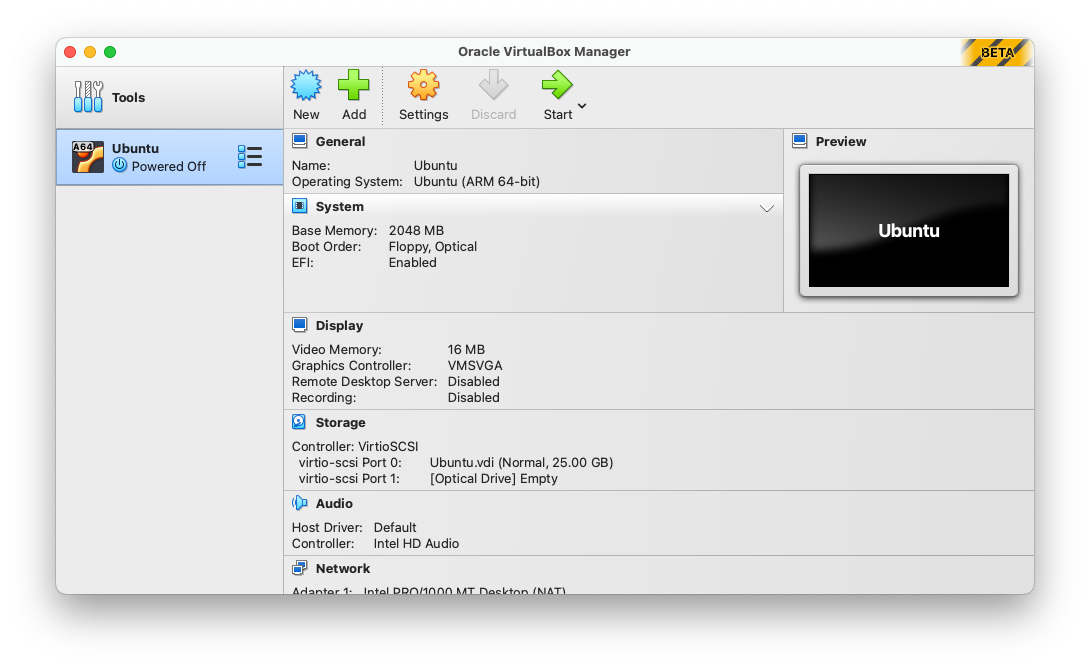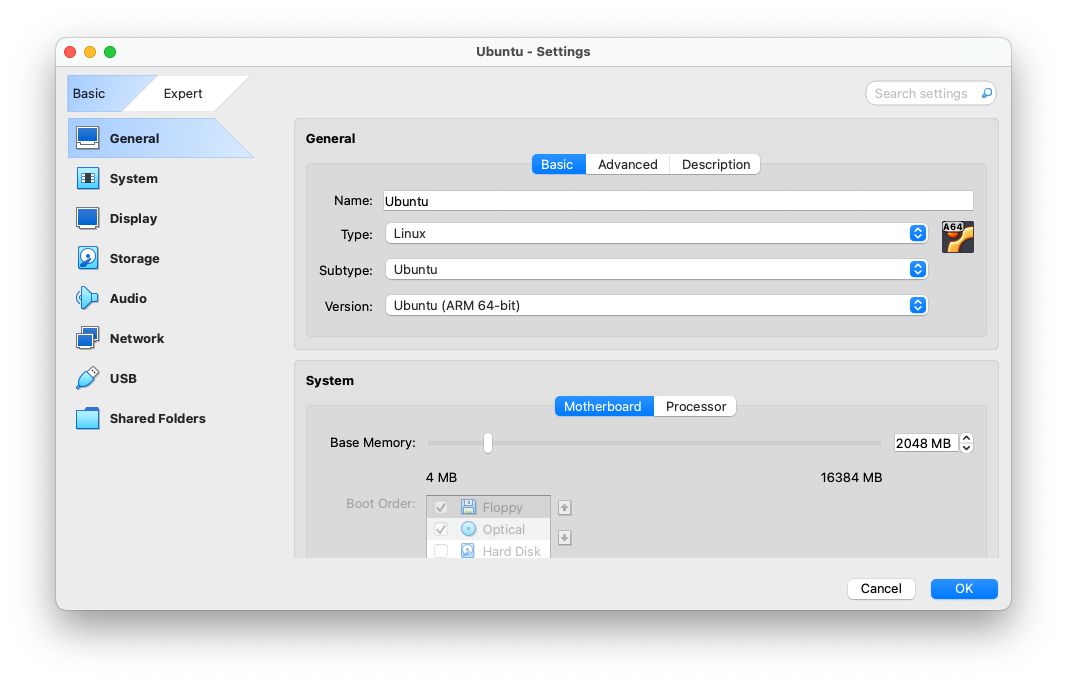VirtualBox is one of the best ways to run Linux, Windows, or another operating system in a virtual machine. VirtualBox 7.1 is now out with some much-needed improvements.
VirtualBox 7.1 introduces a “modernized look and feel,” and now uses the Qt 6 framework for the app interface. The main virtual machines list is now a bit clear, and the preferences page is separated into vertically scrolling settings with tabs on the left side. There’s also a new logo (as seen above) that replaces the classic 3D box icon—I’m personally not a fan.
There’s also a toggle between “Basic” and “Expert” modes in the main preferences, with the Basic mode hiding some less-important settings and buttons. Oracle says there are some general accessibility improvements throughout the interface, too.
VirtualBox 7.1 also adds IPv6 support to NAT networking, clipboard sharing on Linux hosts using Wayland (a long-standing bug), and more options for unattended installation for Linux-based guest operating systems. You can also now share files between a Linux guest on a Windows host, and vice-versa, and screen recordings should be less CPU-intensive. Those last two changes require you to install VirtualBox 7.1 Guest Additions inside the guest virtual machine—they won’t work automatically with existing VMs after updating just the VirtualBox application.
VirtualBox is still one of the best free virtualization applications, but there are a lot of other options these days. If you just want to run some Linux software on a Windows PC, there’s the Windows Subsystem for Linux. Mac owners can now use VMWare Fusion for free (as long as it’s not for commercial use) or install UTM to run Windows and Linux guests.
You can download VirtualBox 7.1 from the official website, and it’s available for Windows, macOS, Linux, and Solaris. The version for ARM-based Apple Silicon Macs is still marked as beta, though, and can only run ARM-based guest operating systems right now (just like VMWare and Parallels). There’s no version currently available for ARM-based (Snapdragon) Windows laptops.
Source: VirtualBox, OMG! Ubuntu






